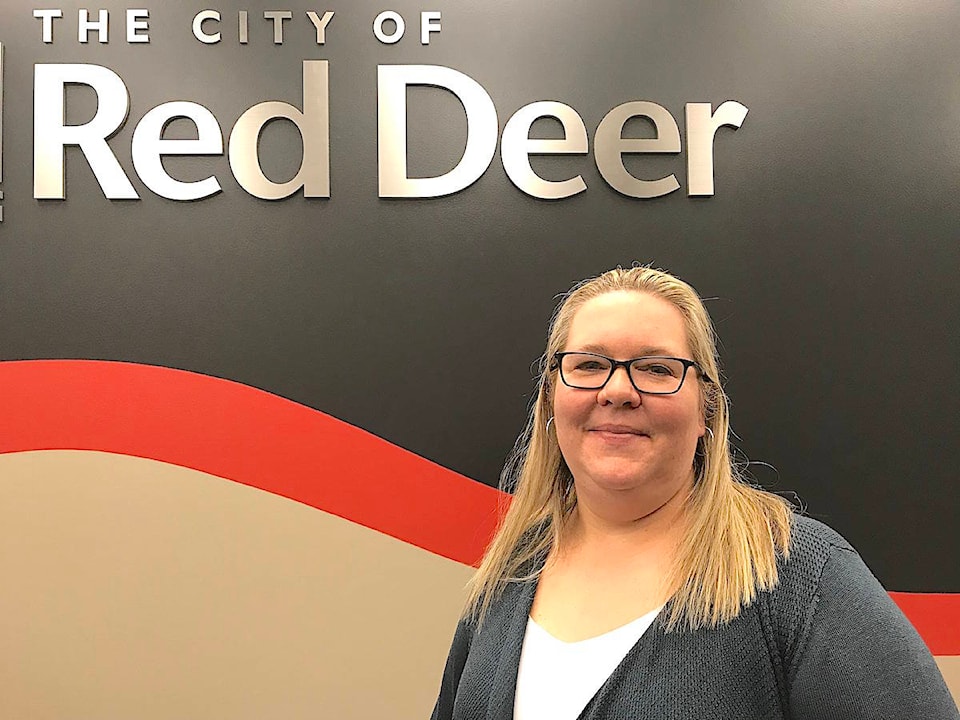Nearly 1,800 Red Deer households are on the brink of homelessness, spending at least half of their incomes on housing, a new housing plan revealed.
A further 7,800 individuals were found to be spending more than a third of their incomes on accommodations, according to the city’s new five-year Community Housing and Homelessness Integrated Plan.
When these figures are added to the 144 known individuals who are known to be homeless in the city, the sheer breadth and complexity of the problem is revealed, said Tricia Hercina, social planning manager for the City of Red Deer.
City council was told on Monday that, given the many obstacles associated with housing, a wide-ranging solutions must be found. Fortunately, Hercina said a broader community base came together this time than when the city drafted its last homelessness plan 10 years ago.
Between May and August, more than 2,500 people participated in a consultation process. This includes businesses, citizens, Indigenous communities, city of Red Deer staff, service providers, and those who were or are homeless.
It’s an “extraordinary community voice,” said Coun. Ken Johnston.
It’s very encouraging, said Coun. Buchanan, who praised the contributions, but also stressed the immediate need to “get ‘er done.”
The five-year plan that city staff and consultants came up with after holding many forums, workshops, a survey, design labs and focus groups, came up with specific recommendations for eliminating housing pressures:
The report, approved by city council on Monday, shows that 1,300 more affordable rental units are needed in the city, as well as 1,000 units that rent for 10 per cent below market value.
There are also 1,500 “deep” rental subsidies needed, as well as 600 rent supplements. The report recommends more affordable home ownership grants and homeowner maintenance supports be made available.
As permanent supportive housing goes, the report shows that 100 new houses are needed, as well as the 39 existing units.
It will take $27 million in city operations funding — already approved— and $246 million in capital investment — which must be assembled from available government funds and private investment — to make it all happen, said Hercina.
While this is a big “ask,” she believes it’s possible to achieve if the community continues to works in partnership with all levels of government.
A lot of private investment will be needed, said Christine Stewart, chair of the Community Housing and Homelessness Integrated Plan, who noted, “the government only has so much money. We need a new hospital, and more school infrastructure…”
Since homelessness is now an acknowledged community problem, she’s “excited” about the many sectors that came together to identify the “whole spectrum” of housing issues “If we all believe in looking after our neighbours,” Stewart said, collective solutions will be found.
The first step is forming is a governance group to oversee the plan and figure out how to implement the action items. This must be formed by mid 2020.
lmichelin@reddeeradvocate.com
Like us on Facebook and follow us on Twitter
